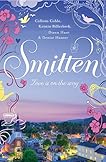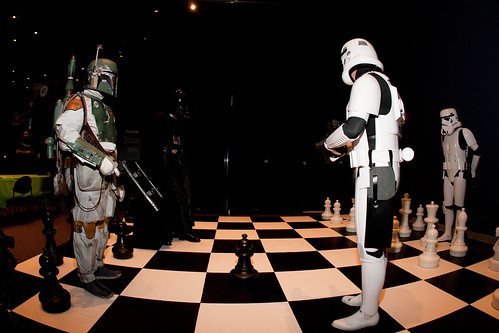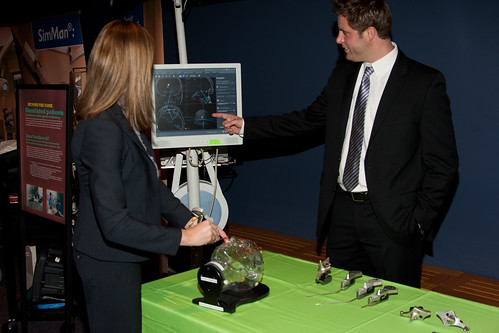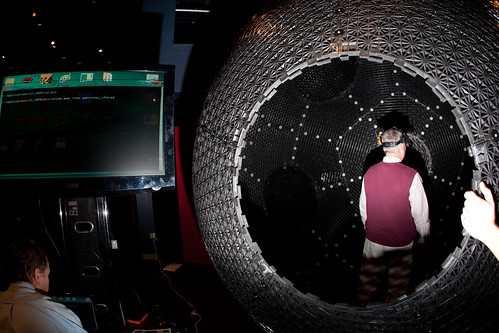 | |
| Photo by Kristen Stieffel. Yeah, I put this up every year, despite the inaccuracies. |
In teaching our advent study this year, based on Adam
Hamilton’s excellent book and video The Journey: Walking the Road to Bethlehem,
I added a new word to my Greek vocabulary: καταλυμα, or kataluma.
It appears here:
The same word is used in Luke 22:11 to identify the upper room where Jesus observed Passover with his disciples.And she gave birth to her firstborn son and wrapped him in bands of cloth, and laid him in a manger, because there was no place for them in the inn. (NRSV)
A kataluma is a guest room. So why does almost every English
translation have “inn” at 2:7 but “guest room” at 22:11? Much as I’d like to
lay all the blame on King James’s translators, William Tyndale did the same
thing.
Dr. Kenneth E. Bailey wrote, in the Theological Review of
the Near East School of Theology, “the Arabic and Syriac versions have never,
in 1900 years, translated kataluma with the word ‘inn.’ This
translation is a product of our Western heritage.”
Bailey goes into great detail about first-century life in
the holy land and Middle Eastern culture. It comes down to this: A room on the ground
floor would be used by the family during the day, but the animals would be
brought into it at night for safety. So it would have feeding troughs in it.
The family and guests slept on an upper level.
Hamilton points out that since Bethlehem was Joseph’s
hometown, they probably stayed with family. Instead of a wooden shed, Mary and
Joseph were likely in what Bailey calls “the family room.”
So although some newer versions, like Today's New
International Version, put “there was no guest room available for them,” many
translators stuck with “no room in the inn” for no better reason than: That’s
what we’re all used to.































